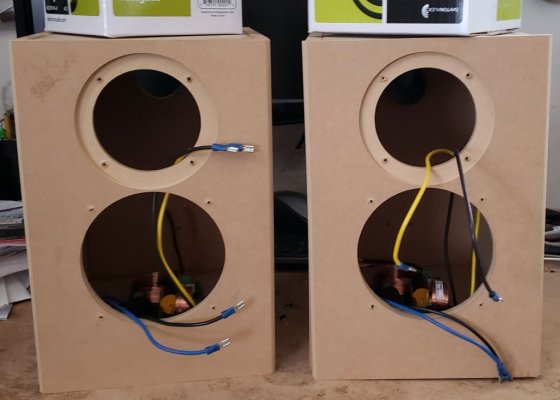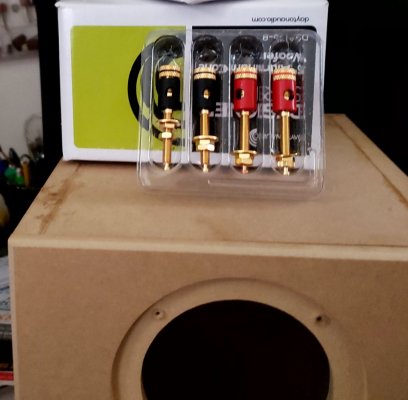You're right that leaded solder is on its way out, but it's still legal to buy and use for personal but not commercial use. It's not used due to health concerns but that doesn't mean it won't make good solder joints.
I'm sure I inhaled lots of lead fumes back when I used to solder 8 hours a day everyday while repairing stuff. So far, it doesn't seem to have had any effect. Another habit of mine back then was to hold the end of the solder in my mouth so I knew where it was when I needed it! It's a wonder I didn't get lead poisoning.
A $10 soldering iron can get plenty hot enough to melt modern solder, in fact, its tip temperature is usually higher than the ideal temp. One of the advantages of a soldering station is to control the tip temperature so that it is not higher than desired to help prevent lifted PCB traces and heat damage to parts.
In 1974 I worked at Radio Shack and a customer returned a kit stating that it was defective because it didn't work after he put it together. I opened the thing up and saw that many of the traces were burned and lifted. I asked the guy what type of soldering iron he had used and he told me that he had used his Weller soldering gun. I told him in the future he should use a 25-30 watt soldering pencil since those soldering guns put out 400 watts. His wife turned to me and said "Don't tell my husband about soldering, he's an engineer!" At any rate, I went thru the thing (I think it was a strobe light kit) and repaired the traces and resoldered many of the connections and it worked fine. We used it as a demo unit in the store.

